
The Illinois Tollway achieved extraordinary results in 2016, fueling the economic engine of Illinois and providing lasting value for the people of Illinois.
The completion of the Jane Addams Memorial Tollway (I-90) Rebuilding and Widening Project on time and within budget is cause for celebration for anyone who travels throughout Northern Illinois. The opening of the Illinois Route 390 Tollway and the progress being made to provide western access to O’Hare International Airport generates excitement for the economic opportunities that lie ahead.
Investments like these attract businesses and give them reason to plant roots here in Illinois and hire Illinois workers. They invigorate economic growth and make Illinois a more competitive player in the global economy.
The Illinois Tollway can be proud of its 2016 accomplishments. I look forward to seeing the Tollway build upon this forward-thinking momentum in 2017.
Governor Bruce Rauner
State of Illinois
Delivering greater value to customers was our top priority in 2016.
Customers realized numerous benefits through our investments in infrastructure, technology and innovation.
- A bigger, more expansive system with the addition of the Illinois Route 390 Tollway and the convenience of cashless tolling on what is the first all-electronic toll road in the Midwest
- The return of 62 miles of rebuilt and widened roadway on the Jane Addams Memorial Tollway (I-90) from Rockford to Chicago – delivered on time and within budget under an aggressive four-year schedule
Knocking down barriers to opportunities for small, diverse and veteran firms to do business with the Tollway was another priority. Improving access to sustainable jobs for African Americans, Asians, Hispanics, Native Americans, women and veterans was equally important. Partnerships with a wide variety of industry partners and advocacy agencies helped us achieve these ambitious goals for our diversity program.
Topping these accomplishments in 2017 is going to take a lot. But we’re up to the challenge. We look forward to achieving new milestones, unveiling exciting new technologies and finding new ways to demonstrate our value to customers and the communities we serve throughout Northern Illinois. We invite you to take a look at our 2016 successes.
Board Chairman
Executive Director

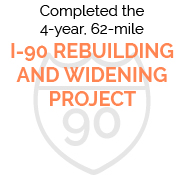
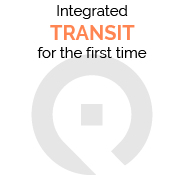
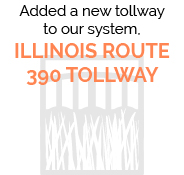
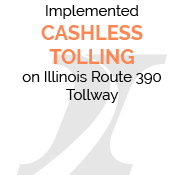
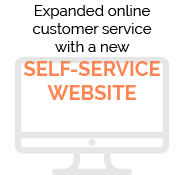

Infrastructure, technology and customer services improve motorists quality of life by saving time and money as well as providing a safe travel experience. Nearly 1.6 million daily drivers depend on prompt customer service and safe, reliable travel throughout Northern Illinois when driving on the Tollway. Our focus is to meet or exceed their expectations at every turn – on the road, online, in person and on the phone.


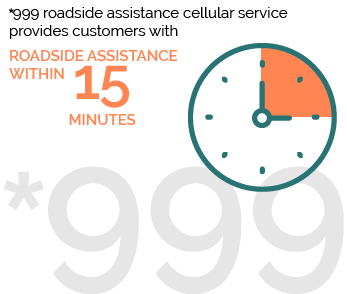

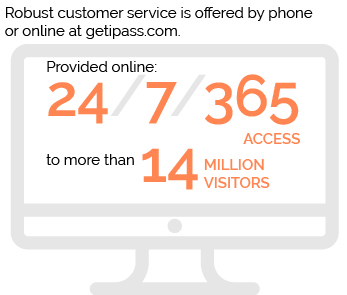





Natural, historic and cultural resources need to be preserved in order to make Illinois a more attractive place for people to visit, live and work. State agencies have a responsibility to improve the communities they touch. Community inclusion makes this possible. Capturing community sentiment, gathering their feedback and forging interchange partnerships gives us greater insight when building roads and bridges.

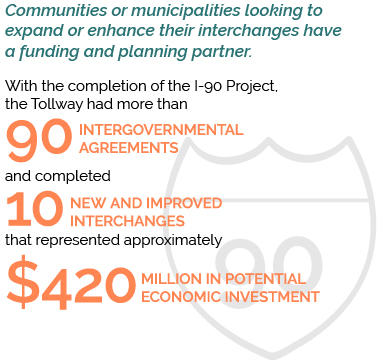


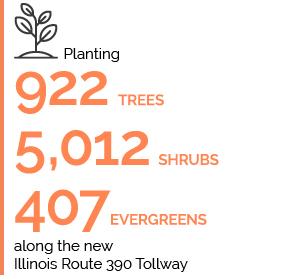
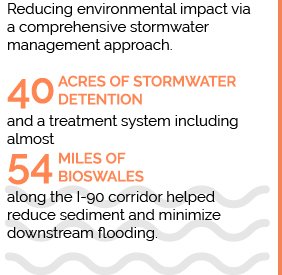




Communities and businesses are supported by continued investment in roadway infrastructure, which stimulates both local and state economies. Businesses build, expand and maintain a presence along the Tollway system because they recognize the economic benefit of access to a dynamic transportation network.
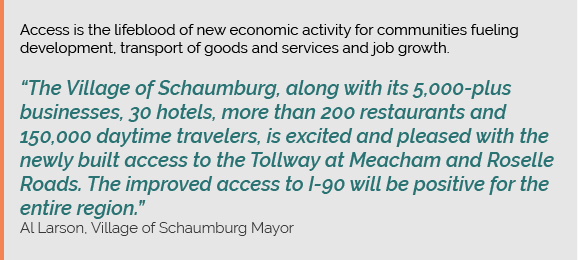
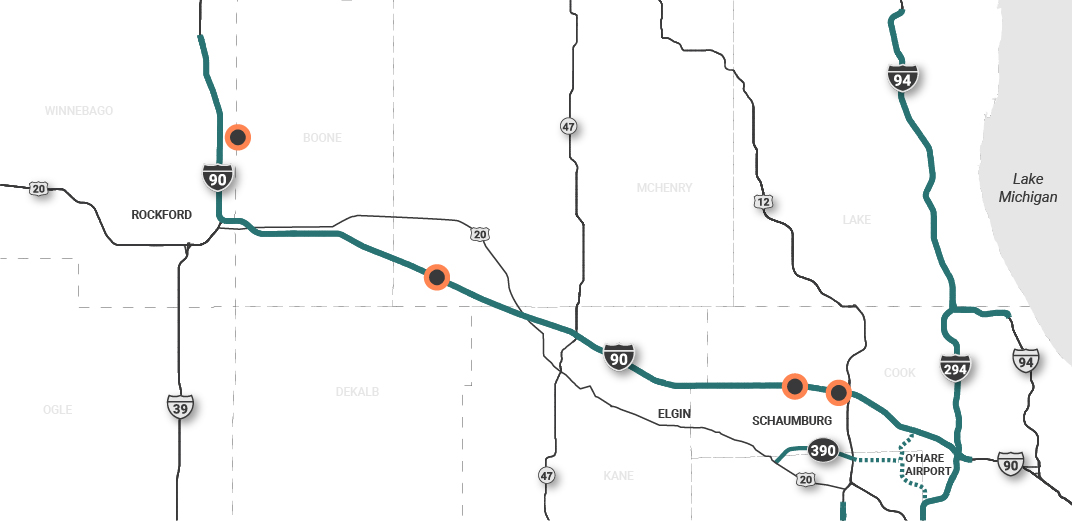
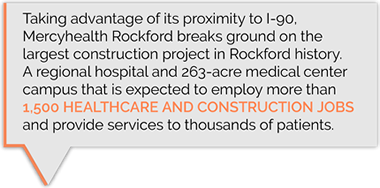
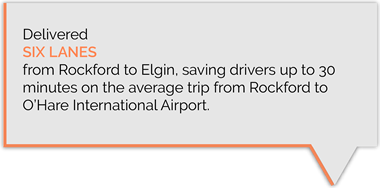
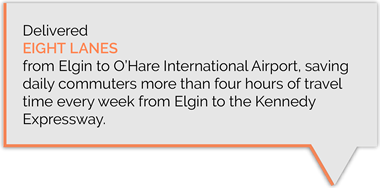
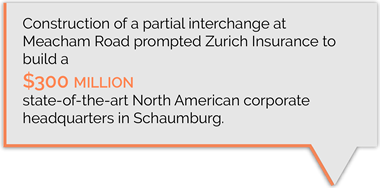
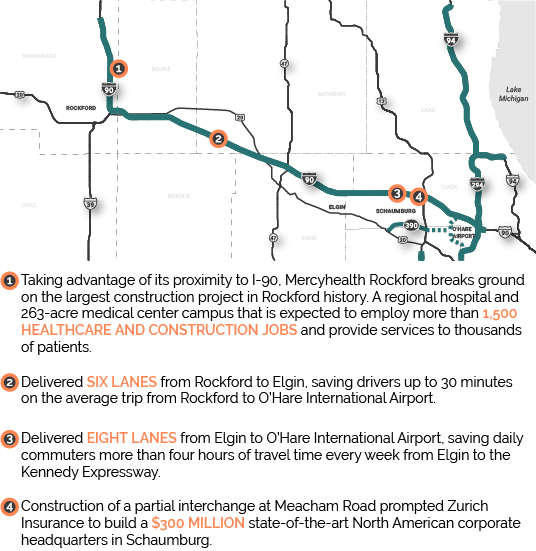

One way to build capacity and create jobs is to break down barriers. Continued investment in technical assistance programs provides resources and opportunities for small, diverse and veteran-owned firms. Workforce development investments create sustainable jobs for Illinois workers. These initiatives have positive impact on local communities, foster economic growth and lead to jobs and careers in the construction trades.

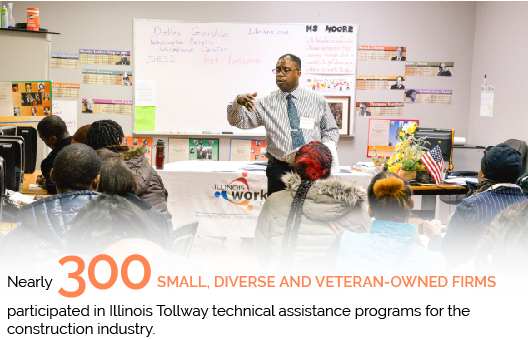
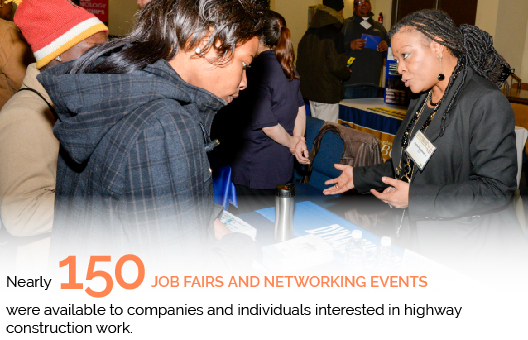
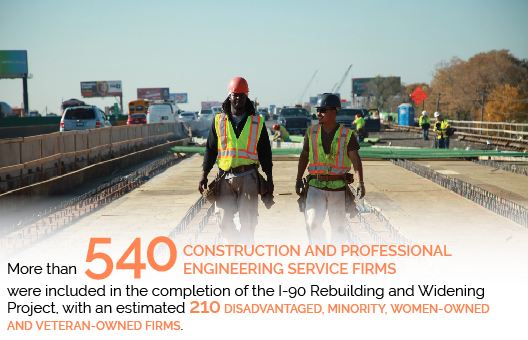
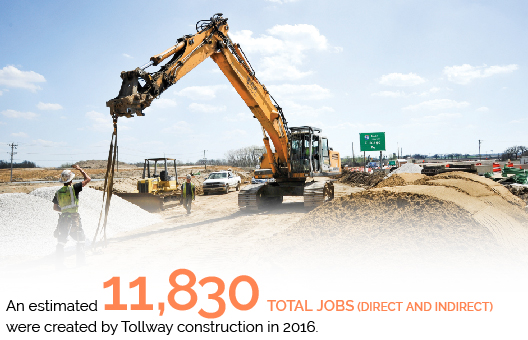

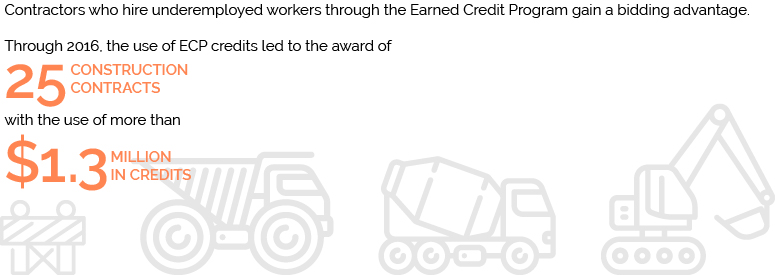
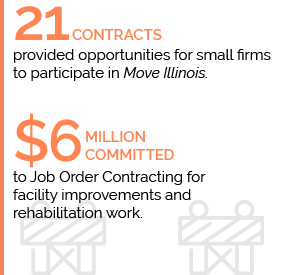

Industry leaders and business community organizations acknowledge the superior quality of work and leadership provided by the Tollway.



Everyone benefits when we harness the resources of partnerships. With its national and international partners, as well as local community groups and other transportation agencies, the Illinois Tollway improves operations and provides a better travel experience. It takes sustained effort and determination to tear down silos that too often exist among government agencies by working together to achieve common goals.
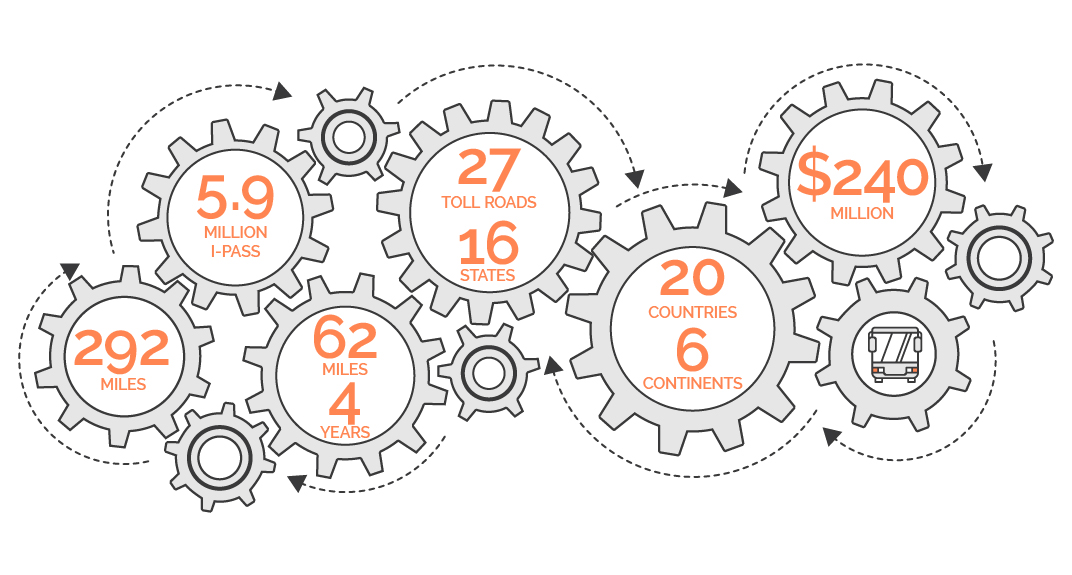
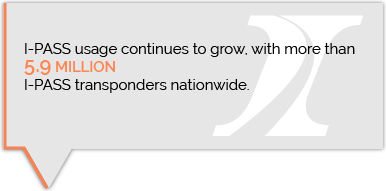
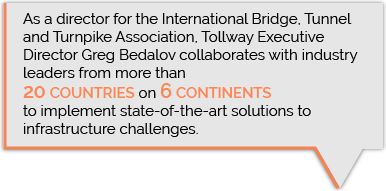
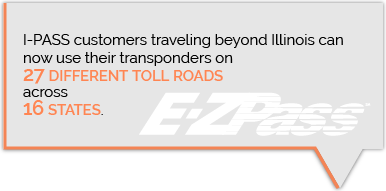
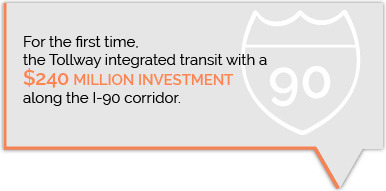
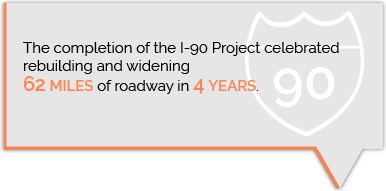
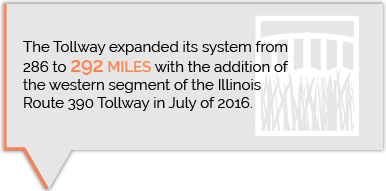
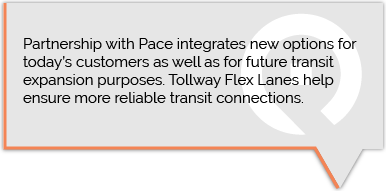
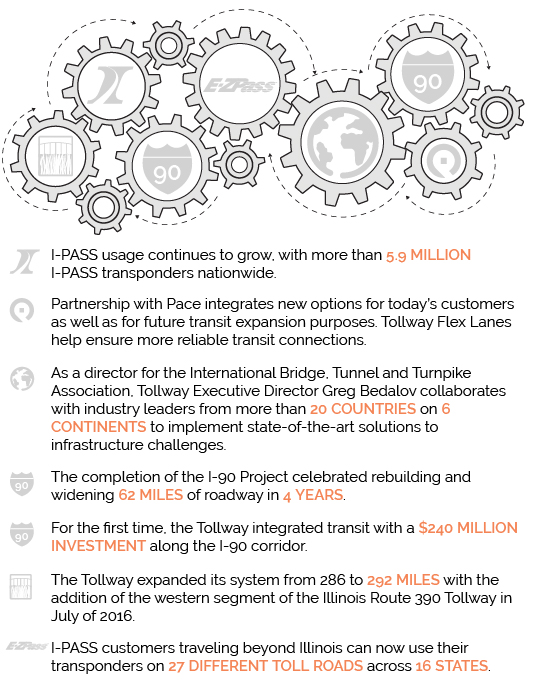

Anyone who travels knows that getting to where you need to go quickly and efficiently is more important than how you get there. We understand that it is crucial for state and regional transportation agencies to work together to meet the travel demands of today and the future.




$1.28 billion in Tolls and Evasion Recovery
Collections via cash, I-PASS and violation recovery payments
$11 million in Concessions and Miscellaneous
Oases fuel, food and other retail sales; overweight truck fines; income from leasing communication towers and fiber optic lines; rental and easement income
$7 million in Investment Income
Interest earned on Tollway funds, I-PASS escrow account and accounts held by the Bond Trustee

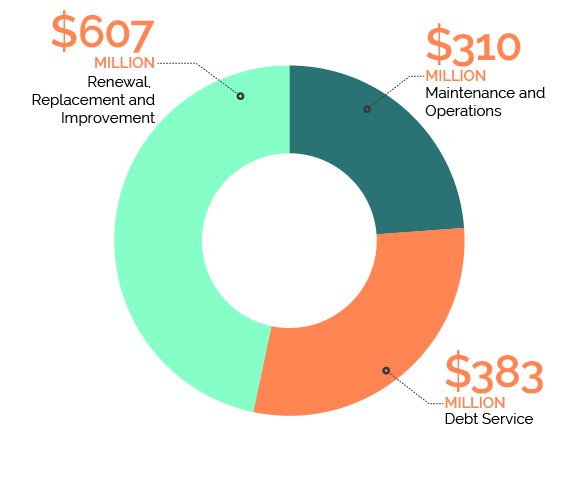
$310 million in Maintenance and Operations
Related to toll collection, roadway maintenance, traffic control, safety, insurance and administration
$383 million in Debt Service
Principal and interest payments on outstanding Tollway bonds
$607 million in Renewal, Replacement and Improvement
Deposits to Renewal and Replacement account and Improvement account for capital investments

Capital expenditures are for roadway reconstruction, expansion and systemwide maintenance.



